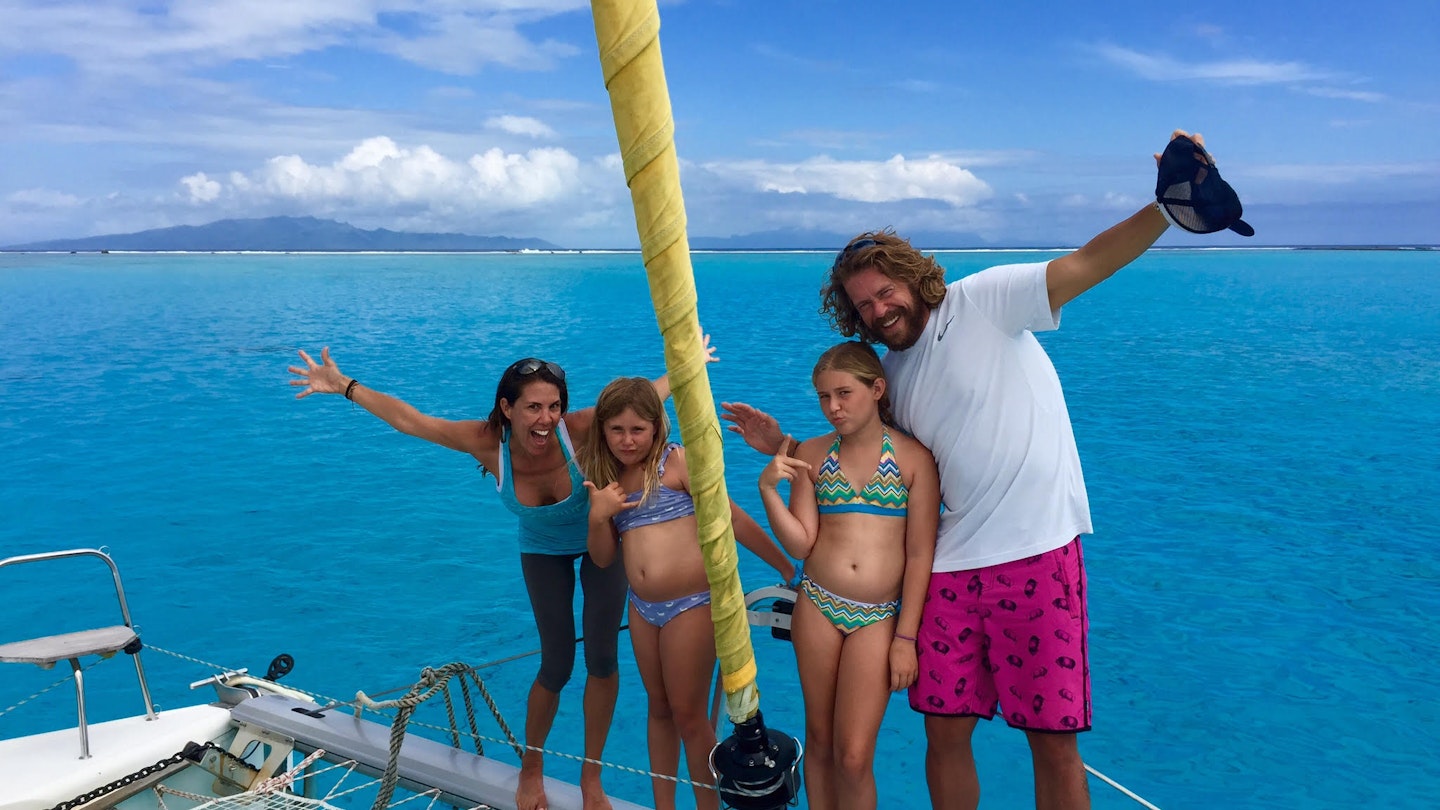Lonely Planet
- Travel Stories
Share
Oct 6, 2020 • 5 min read

As the colder temperatures of the fall and winter months start to move in, individuals capable of remote work are discovering favorable locations to navigate the pandemic. Workers and students are packing their laptops and heading to destinations like beaches and mountain retreats.
Editor’s note: Please check the latest travel restrictions before planning any trip and always follow government advice.
“This year the traditional vacation calendar has flown out the window,” says Melanie Fish, a travel expert from the vacation rental company VRBO. “Instead of waiting until the holidays, spring break or next summer to escape, families opting for online schooling and remote work are seizing the newfound flexibility to travel throughout fall and winter.”
That’s what Jill Wheeler from Boulder, Colorado, did with her family when school commenced this year. Wheeler and her husband are entrepreneurs with the flexibility to work remotely. Additionally, the family enjoys watersports, prompting them to traverse the country for two weeks in the Outer Banks, North Carolina.
“Upon discovering that our 13 and 15-year-old daughters’ schools transitioned to virtual learning, we felt it was the perfect opportunity to explore the plethora of adventure opportunities offered by the Outer Banks,” Wheeler explains.

Making remote work and school life work
Lesli Peterson, Owner of 365 Atlanta Traveler has taken her family on several trips since the onset of the pandemic. She emphasizes that the key to successful remote schooling while on the move is to select destinations that offer excellent Wi-Fi.
“While state and national parks are among our favorites, they do not provide reliable internet – so they didn’t make the cut,” she notes. “That unplugged vacation will have to wait for another time. We identified places that truly emphasized their internet connectivity.”
Moreover, unplanned excursions are gaining popularity as individuals convert weekend breaks (such as road trips to nearby towns) into “flexcation” stays by extending their getaways a few extra days, given their ability to work and study remotely. The airfare booking app Hopper highlights a surge in the “flexcation” trend, where travelers capitalize on flexible schedules while blending work and leisure during their trips.
“Long weekends are becoming more popular – with a higher proportion of travelers enjoying 3-day weekends Friday to Monday; Thursday to Sunday or the 4-day, Thursday to Monday weekend,” states economist Hayley Berg. Furthermore, this trend is not solely for domestic US travel. “On Hopper, we are observing an increase in the length of stay for numerous international regions.”

Best destinations for remote work
The Outer Banks
These North Carolina barrier islands are inherently remote. They feature miles of mostly federally protected coastline, drawing in everyone from recreational fishermen to water sports enthusiasts.
Coastal Mississippi
The Secret Coast covers 62 miles of picturesque beach, often overshadowed by its more popular neighbors in East Florida and West Texas. The temperate climate renders it a year-round haven for outdoor endeavors.
Ketchum, Idaho
Ketchum, Idaho is a hidden gem renowned for its premier ski resorts and laid-back atmosphere. Outdoor aficionados will treasure the stunning mountain vistas, hot springs, and Dark Skies Reserve.
Greater Zion
Greater Zion boasts four state parks along with incredible hiking at Zion National Park. The region offers adventures on Sand Mountain, hiking, biking, and even scuba diving in the desert. Families can explore historic St. George, a pioneering village filled with museums, shops, restaurants, and more. Numerous accommodations in the vicinity offer Wi-Fi.
Summer travel pattern
During the summer, road travel reached pre-pandemic levels. Campsites, cabins, and RV parks remain in high demand through fall. This indicates that people are hitting the road this year just as much as they did in previous years. Choice Hotels announced in August that nearly a quarter of their revenue stemmed from customers traveling less than 25 miles to a hotel. There was also an increase of almost 30% in stays longer than seven nights compared to August 2019.

Airline travel
Airlines are also beginning to report an upswing in flight numbers. Hopper has noted over a 50% increase in flight bookings since the pandemic’s lowest point, although overall bookings remain down 70% from previous year.
“Customers are increasingly comfortable scheduling travel with flexible options that allow for cancellations or adjustments if necessary. In fact, 80% of respondents expressed they would commit to a holiday flight if they could change or cancel without incurring a penalty,” Berg adds.
The rise of slow travel
As the pandemic progresses, the travel industry is evolving to encourage and embrace longer stays. But could this approach, known as slow travel, transition from being a niche trend to a new norm? Slow travel enables travelers to immerse themselves in the culture of a community over a longer duration.
“To me, the defining factor is placing quality over quantity — immersing yourself more deeply in a single destination,” reflects national travel writer Lydia Schrandt. Schrandt and her partner have embraced slow travel for many years, believing that this approach may prove to be more sustainable and impactful than quick excursions.

“When you’re hurrying from one location to another, it’s easy to opt for the most noticeable attractions and restaurants that cater to tourists. This doesn’t always benefit the local community. When you have sufficient time to explore, you can discover those local treasures not always included in guidebooks. This diverts more tourism dollars into the local economy.”
Spending an extended period in one place fosters a deeper investment in the local community, consequently supporting the local economy. Additionally, slow travel tends to be better for the environment, requiring fewer flights or other forms of transportation that can significantly increase one’s carbon footprint.
Ultimately, slow travel can aid in mitigating overtourism, where destinations become overwhelmed with visitors. However, these benefits do not appear to be the primary motivation for travelers currently seeking improved remote work environments. Instead, their inspiration stems from the desire to work from a more appealing location than home.





